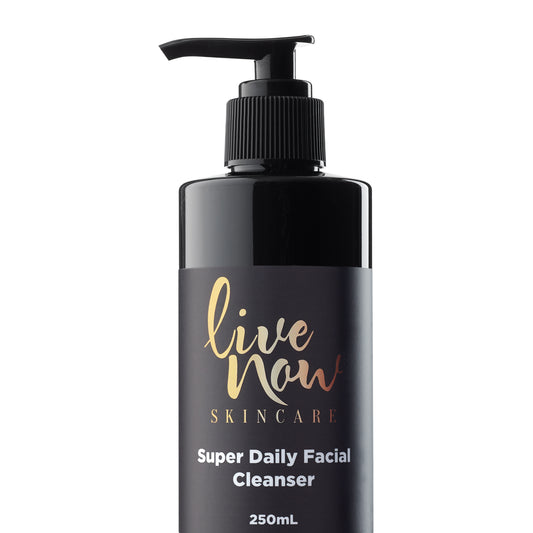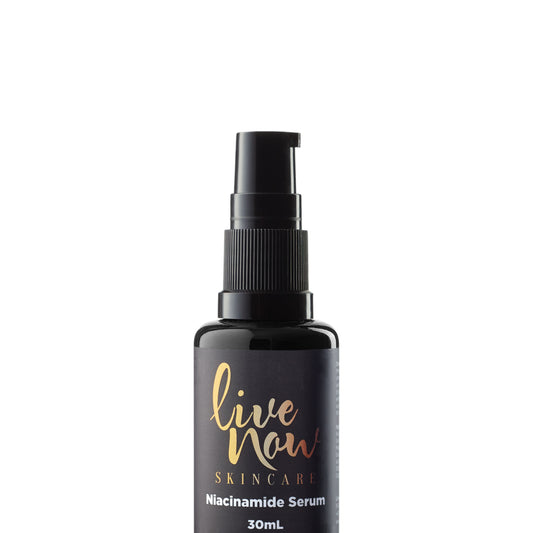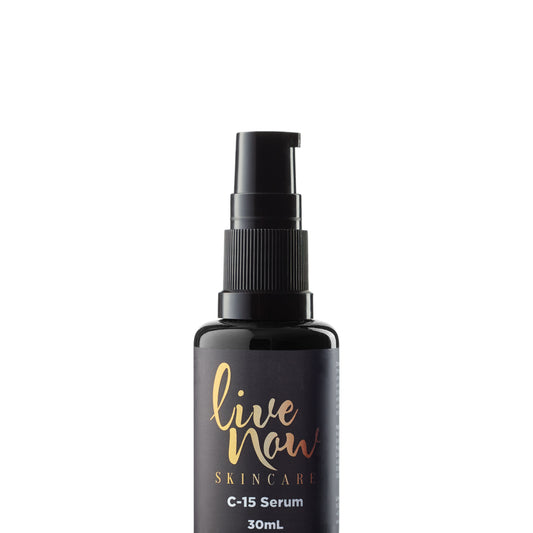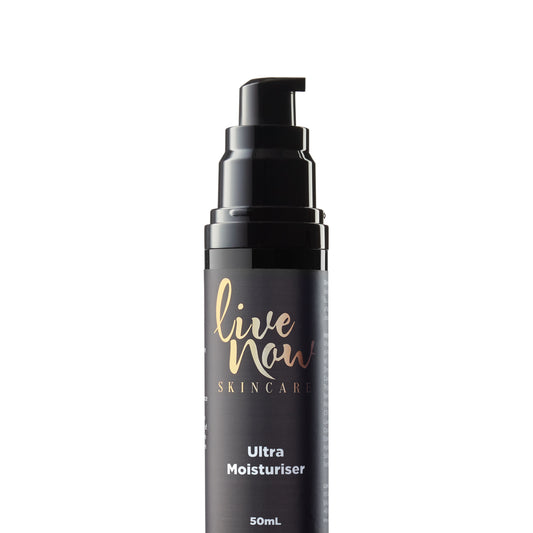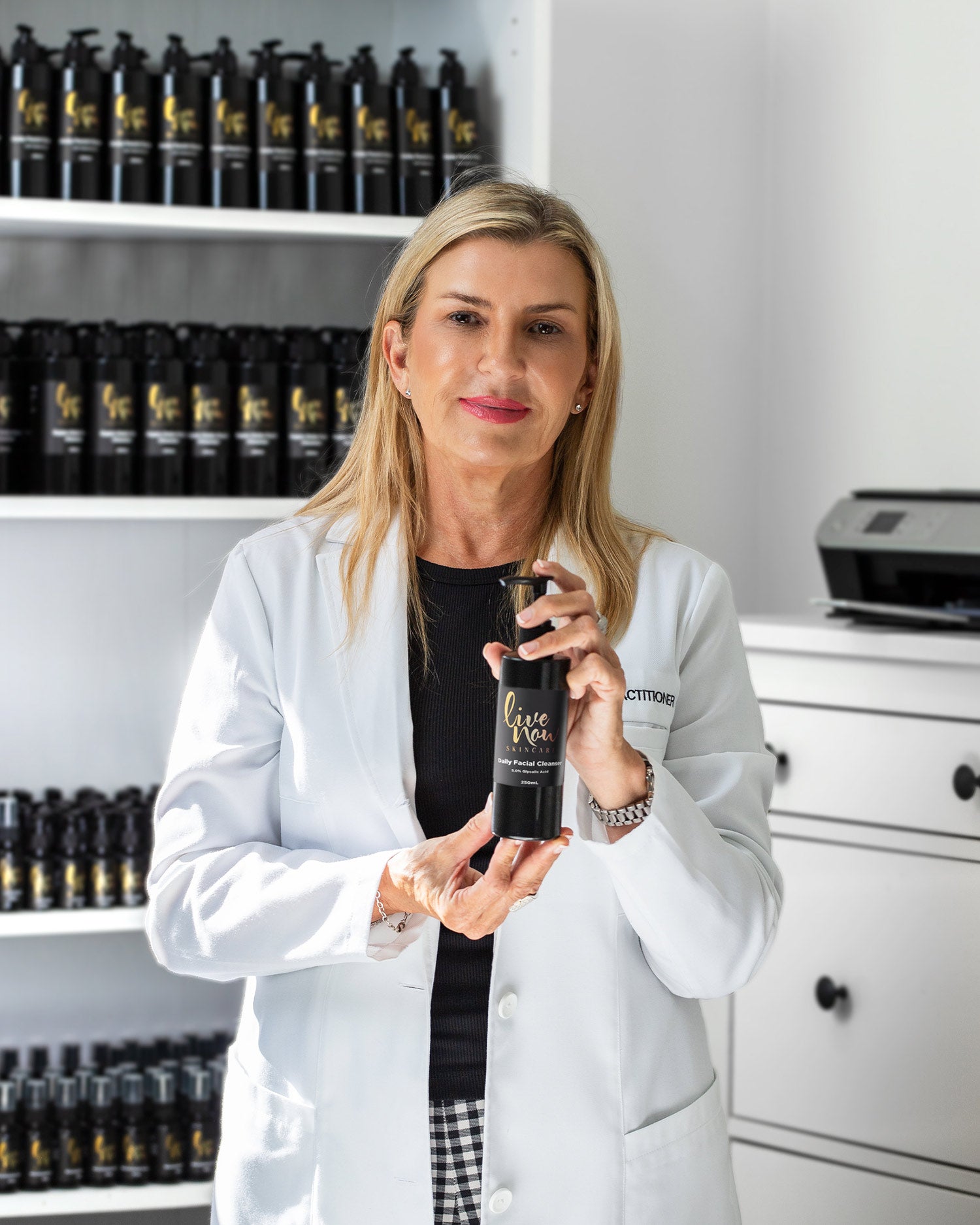Hyperpigmentation is one of the most common issues facing people with dark skin. It can affect any body area where melanin-producing cells exist, including the face, hands, and arms. Hyperpigmentation can be caused by internal factors (hormonal or chemical) and external factors (sun exposure), leaving dark spots behind, making you feel less confident.
Are you concerned about the dark spots and brown discolouration on your skin, but you're not sure of what to do? Learn what hyperpigmentation is, the causes, types, and safest treatment options.
What Is Hyperpigmentation?

Hyperpigmentation can be described as dark brown spots on your skin that can appear in many shapes and sizes. It is caused by increased melanin production in the skin and is one of the most common types of skin discolouration in the skin of colour (African Americans, Hispanics, and Asians).
Hyperpigmentation can happen to anyone, young or old, with increased melanin production. Melanin is the pigment responsible for giving your skin, eyes, and hair their colour. The hyperpigmentation process causes too much melanin to build up in the upper layers of your skin's epidermis (the outermost layer). This makes it darker than it should be, giving the skin a brown or dark-coloured spot.
Hyperpigmentation can:
- Occur in small patches of the skin
- Cover large areas of the skin
- Affect the entire body
While hyperpigmentation doesn't harm you, it could sometimes mean that you have another medical condition.
Causes of Hyperpigmentation
Hyperpigmentation can occur in anyone, but people with darker complexions are at higher risk for hyperpigmentation. Hyperpigmentation has several causes: acne, sun damage, hormones, genetics, and skin conditions. The spots may occur at any age, but they tend to become more common as you get older.
Hyperpigmentation can also be caused by inflammation in the skin following injury or acne. Hyperpigmentation is also often associated with melasma, which are patches of darkened skin on the cheeks or forehead. Melasma is more common in women over 30, especially pregnant women or those taking hormonal birth control pills.
To put it clearly, hyperpigmentation can sometimes be caused by any of these:
- Inflammation from an injury or irritation to the skin, e.g., acne
- Increase in melanin due to excessive sun exposure
- Hormonal changes during pregnancy or in women taking hormonal birth control pills
- Drug-induced hyperpigmentation could be a side effect of chemotherapy drugs or certain other medications.
Certain medical conditions can cause hyperpigmentation. These are:
- Addison's disease: a disorder of the adrenal glands where the glands do not produce adequate steroid hormones.
- Diabetic dermopathy: pigmentation spots on the thighs of people with diabetes
Types of Hyperpigmentation
There are several types of hyperpigmentation. The most common types of hyperpigmentation in skin of colour are postinflammatory hyperpigmentation (PIH) and melasma.
- Melasma: Melasma is also known as chloasma or the "mask of pregnancy." It is a more persistent, symmetrical pattern of overproduction of melanin that occurs in up to 70% of women during pregnancy and up to 29% of women using oral contraceptives. Melasma is caused by hormonal changes, and areas of pigmentation are usually the stomach and face.
- Postinflammatory hyperpigmentation: Postinflammatory hyperpigmentation (PIH) occurs in skin that has recently been inflamed or injured, such as from acne blemishes, cuts, or burns. It is commonly a bluish or brownish discolouration and can take months to fade.
- Sunspots: Sunspots are also known as "liver spots" or "solar lentigines." They are caused by excessive sun exposure to the skin. These spots are found in areas of the skin that are usually exposed to the sun, such as the face, forearms, and upper back. They usually appear somewhat dark brown.
How Does Hyperpigmentation Appear in Women of Colour?
Hyperpigmentation is usually common in women with skin of colour. As a matter of fact, it is one of the top five most commonly diagnosed skin conditions in black-skinned women.
Hyperpigmentation can occur in any skin type, but it's usually more severe and longer-lasting in black skin than in light skin. This is because people with dark skin have more melanin than those with lighter skin. Women of colour produce more pigment in their skin at their baselines as well as female hormones, which makes them highly prone to melasma.
Hyperpigmentation can present as dark spots or brown discolouration that is much darker than other areas of the skin. Most of the time, this noticeably different patch of skin colour can cause some degree of psychological stress and impact the quality of life. In fact, hyperpigmentation can cause low self-esteem and depression in women.
Although these dark spots can take a toll on your self-esteem and could be pretty distressing, you don't have to worry. There are treatment options to help you even out your skin tone and get that confidence back.
Treatment of Hyperpigmentation
Eliminating hyperpigmentation requires that you find the right treatments for your skin. However, many hyperpigmentation treatments are harsh and do more harm than good. The last thing you want is to make your hyperpigmentation worse by choosing the wrong treatment.
The good news is that there are several treatment options to help you achieve an even complexion. Generally, epidermal hyperpigmentation is easier to treat, although it may take several months to see improvement. However, dermal hyperpigmentation is more difficult to treat, and, in some extreme cases, it can be permanent. If you see no improvement after several months, you should see your dermatologist to rule out other conditions or determine if it's time to try another form of treatment.
For people prone to hyperpigmentation, treating the cause of the hyperpigmentation where possible can help significantly. For example, melasma in pregnant women can disappear after delivery. Also, using sunscreen and reducing exposure to excessive sunlight can prevent the progression of hyperpigmentation. Stopping the use of aggravating topical products can also help.
There are several ways to treat hyperpigmentation. Some of the most effective topical treatment options available include medications that lighten the skin or the use of face acids. Each of these treatment options has specific types of hyperpigmentation that they treat.
Lightening creams
Topical preparations used to treat hyperpigmentation can contain hydroquinone, liquorice extract, N-acetylglucosamine, and Niacinamide (vitamin B-3), all of which lighten the skin. One of the most common ingredients in skin-lightening creams is hydroquinone.
Hydroquinone
Hydroquinone is an organic compound that has been used in skin care products for decades. It works by blocking the enzyme responsible for producing melanin, which causes hyperpigmentation.
There has been some controversy over the safety of hydroquinone. However, most of the controversy surrounding hydroquinone was due to contaminants like mercury. According to the U.S. Food and Drug Administration (FDA), hydroquinone is a safe and effective ingredient in skincare. Hydroquinone is effective for treating acne scars, melasma, post-inflammatory marks, age spots, and freckles. However, hydroquinone does not help with active inflammation. Rather, it can help fade red, brown, or black spots that have lingered on the skin.
Hydroquinone is well tolerated. However, there are a few exceptions. It is not the best option for people with dry or sensitive skin, as it may cause further irritation or dryness. It also works best for people with fair skin tones, as it may paradoxically worsen hyperpigmentation in people with darker skin tones. It can also lead to increased sensitivity to sunlight and gray-blue or gray-brown darkening of the skin.
If you're pregnant or nursing, don't use hydroquinone because up to 45 percent of the compound can get into your body through your skin and into your blood. This means your fetus or child could be exposed to the compound. It's also important to note that prolonged use of hydroquinone for months at a stretch can cause darkening of the skin. Therefore, it is best to see your dermatologist before opting for topical hydroquinone.
Niacinamide
Niacinamide is a water-soluble form of Vitamin B3, and it's one of the most effective ways to treat hyperpigmentation. Most people use Niacinamide in the form of a serum, which they apply topically to their faces.
Niacinamide is an ingredient that helps your skin by improving cellular energy production, helping keratin build up for stronger skin, preventing water loss from your skin barrier (this means your skin stays hydrated), and even improving acne by regulating sebum production. But, most importantly, for treating hyperpigmentation, Niacinamide is a melanin inhibitor, which means it inhibits the melanosomes that colour your skin cells.
Niacinamide helps to prevent dark spots from forming in the first place and works on discolouration already present as well. It can also help people with acne, rosacea, and eczema. Niacinamide is safe to use for all skin types, and even pregnant women can use topical niacinamide products to treat hyperpigmentation. However, if you already have an allergy to Niacinamide, this may not be the best choice for you.
Face acids
(aka skin acids) exfoliate or shed the top layer of your skin, allowing new skin cells to emerge and take the place of the old ones. The process can help to even out your skin tone and make it smoother overall.
Some of the common face acids include:
- Alpha hydroxy acids (AHAs), such as glycolic, lactic, citric, malic, or tartaric acid.
- Azelaic acid
- Kojic acid
- Salicylic acid
- Vitamin C (in the form of l-ascorbic acid)
You should avoid combining hydroquinone with AHAs because it can irritate your skin. Face acids such as glycolic acid, kojic acid, and vitamin C can be used on fairer or darker skin tones.
Vitamin C
Vitamin C is a type of antioxidant that helps to promote collagen production, which can help make your skin look younger and healthier. It also helps even out your skin tone by decreasing the production of melanin—that's the pigment that gives your skin its colour. It also gives antioxidant protection against ultraviolet-induced damage to the skin (rays from the sun).
Vitamin C can be used topically to help treat hyperpigmentation without adverse side effects. But if you have sensitive skin, you could have mild irritation and redness. Also, vitamin C is unstable in the atmosphere, and there's often a need to combine it with other agents such as soy proteins, vitamin E, and retinoids for better results.
Vitamin C and Niacinamide—A Winning Combination
A combination of vitamin C and Niacinamide often times yields better results than vitamin C or Niacinamide alone, creating a true skincare synergy.
Niacinamide improves the production of barrier-strengthening ceramides, while vitamin C instigates the production of collagen and introduces a level of photo-protection when used along with sunscreen. Their combination is especially good for hyperpigmentation, as both of these ingredients have different brightening mechanisms.
Preventing Hyperpigmentation
The amount of melanin we have isn't just determined by genetics—our environment plays a role, too. If you spend a lot of time in the sun unprotected (like without wearing sunscreen), your body will naturally produce more melanin as a way to protect itself from harmful UV rays. And this can lead to hyperpigmentation.
Conclusion
Most types of hyperpigmentation can improve with the right treatment, skincare products, and routines. You should wear sunscreen even on cloudy days and practice good skincare. It is important to cleanse your face every night before bed and moisturize in the morning and evening to keep your skin healthy. Also, if you're taking medication or undergoing treatment that may cause hyperpigmentation, talk to your doctor about any side effects.




